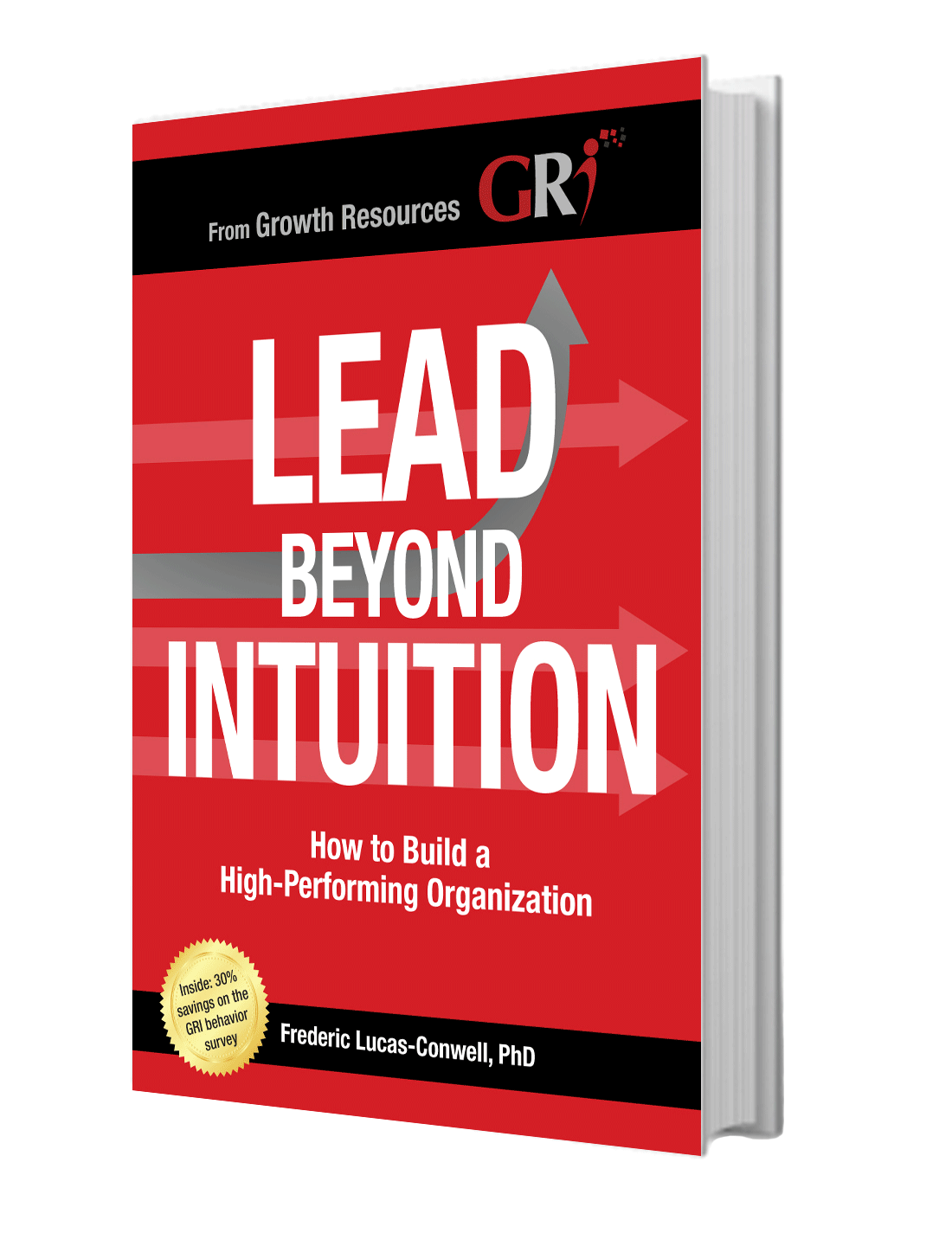Management 101
Posted by Frederic Lucas-Conwell

Management 101
Isn't management about motivating people? Or is it just about making sure that people do what they are required to do?
Workforce Differences
It has become clear in the modern workplace that motivating people is an important component of managing people. However, what motivates people can, and does, vary widely.
Working conditions are different from country to country and company to company: China with long working hours, Bangladesh where people recently got locked in a factory, Silicon Valley hiring smart tech skills at high prices, or Europe, continuing to invent workforce-related social concepts.
Differences in...
- work conditions
- cultures
- industries
- even different levels of work (employee, manager, executive)
...require that we identify and use different approaches in people management and motivation. There is no silver bullet approach for all people and all situations.
So then, how do we understand what motivates our various workforces so that we can manage for greater productivity? And how can we do so quickly and efficiently?
Understanding Employee Motivation
"You do not drive a fine-tuned race car unless you are interested in car racing.
Similarly, you don't consider speeding up your hiring and teambuilding processes until you become interested, from necessity, in improved productivity."
Frederic Lucas-Conwell
In this high-tech world where demands change in an instant, a manager cannot take six months to understand her team and how they might become more productive, or how she can help them meet their goals.
Nor is it reasonable to expect the team members themselves to take that much time to better work together.
Using the GRI we can shorten this process and help teams become cohesive, productive units much faster.
In the same vein, we can use the GRI to increase our success with new hires, by identifying the elements that may cause them to fail and avoiding that pitfall from the very beginning.
How the GRI can help managers better guide and motivate their teams:
- Start with yourself - What are your strengths, inclinations, motivations, and your communication style? Take the GRI to better know who you are, in addition to what you already know instinctively or from other techniques. When the oxygen masks drop in an airplane, you must put yours on before helping others. It works similarly in management - you must understand your own styles and behaviors before effectively addressing the behaviors of others.
- Give the GRI to your teams- Keep in mind how hard it was to have an understanding of your own behaviors - it is just as hard for others to know about themselves. Give them a chance to take and experience the GRI too, and use it to help them understand their strengths and their drive.
- Be positive about differences - Once you know others' profiles, keep in mind that all styles of interaction can succeed in a given setting. Be realistic in your expectations of how much the differences between you and others can be minimized and how much they may be accepted by the team. You may also find that some individuals are better suited to a different team.
- Understand needs - Accurately identify what needs to be done within your team or company, and how it can be accomplished. We typically address these questions with our PBI (see note below). Many issues in organizations start with unrealistic expectation in jobs and teams, or expectations that are not based on a shared agreement or understanding.
- Use the GRI to understand the efforts needed to adapt to your occupation or job - that is, how much you must change your behavior from your comfort level in order to meet the demands of the job. When the adaptation effort is great, it can be very taxing. Find ways to minimize these efforts, or arrange your agenda so that the tasks that require the most adaptation are not all scheduled together, giving you time to recover. Team members should do the same.
Use the GRI for improved people management now, and in the future
In the future, working conditions will continue to progress, and more attention will be paid to individuals - understanding what motivates them, how to attract, retain, and involve them, and making sure they are correctly engaged in doing their jobs.
"Motivation is the art of getting people to do what you want them to do because they want to do it."
Dwight D. Eisenhower, 34th U.S. President
In this workplace progression, management becomes less about controlling, exerting authority, and treating people as machines with no soul, and more about empowering, communicating with tact, and creating an environment where individuals can grow, learn, and appreciate working at their best.
It is critical to have techniques in place now to identify how individuals are motivated, and act on this quickly and precisely for increased productivity. The GRI brings the necessary speed and precision to this process.
Note:
- The PBI (Position Behavior Indicator) - identifies the behaviors that will lead to the greatest success in performing a specific job, or position, within a team or organization.
Latest Articles
Transforming Boards: Unleashing the Power of Quiet Diversity
Two years ago, a private company's board witnessed a historic shift, appointing a black woman as Chairperson—a groundbreaking move for diversity. However, despite the outward...
A Growth Culture: Enhanced with Behavior Analytics
People are often amazed by how much we can learn from a behavior distribution map such as the one below. You may have guessed that the little dots represent people. The two...
What Part of 'Quiet Hiring' Don't You Understand?
Several trends have recently gained traction in the workplace, and “quiet hiring” is one of them. If you are unfamiliar with it, “Quiet hiring" describes a company's...




